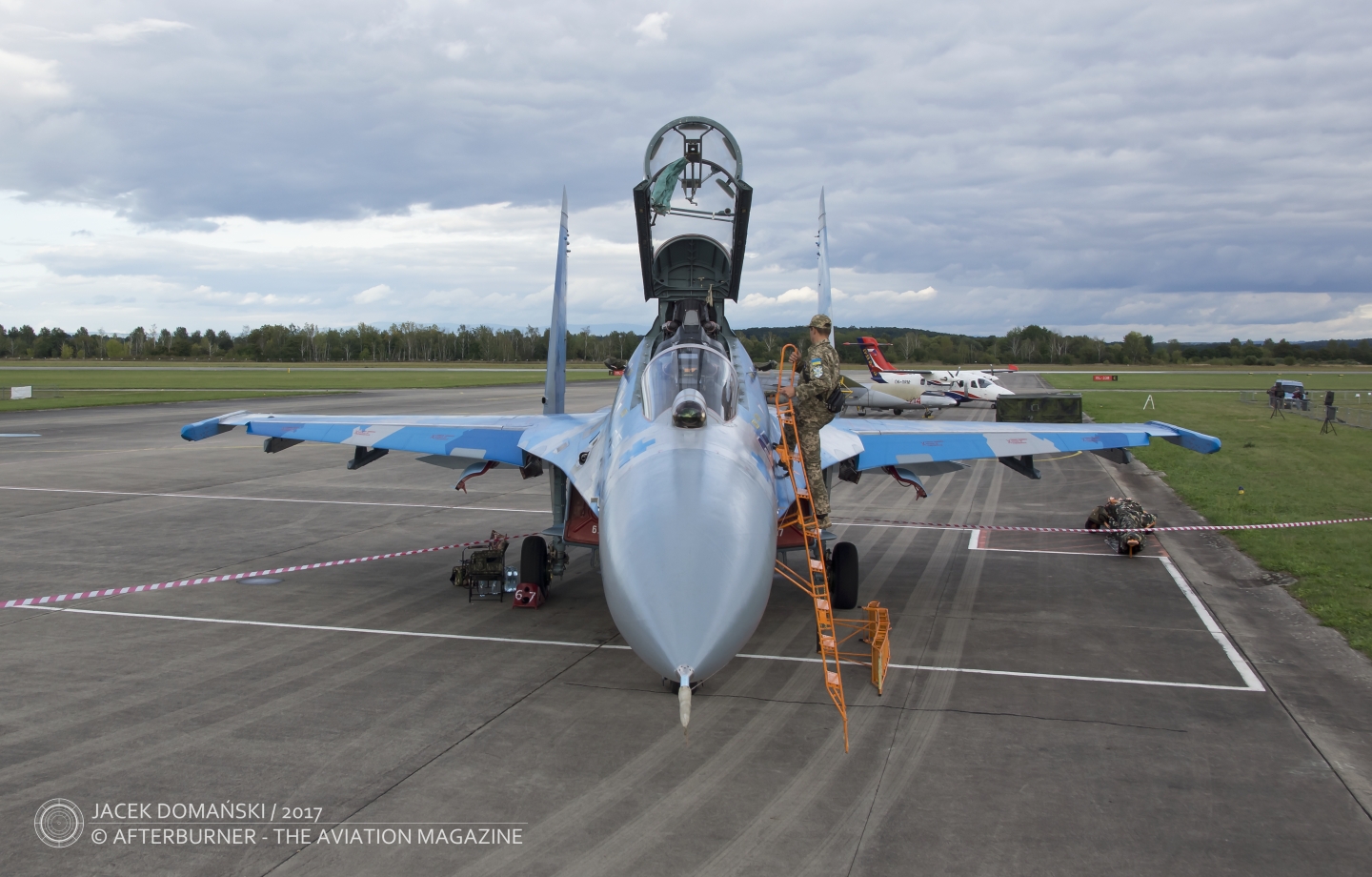 Mikoyan-Gurevich MiG-21UM, NATO reporting name Mongol-B (c/n 02695156, formerly ´256´ of Luftstreitkräfte der Nationalen Volksarmee / the Air Forces of the National People’s Army and then 23+77 of the Luftwaffe), exhibited at Museum auf dem Flugplatz Berlin-Gatow (commonly known as Luftwaffenmuseum), Berlin, August 2011.
Mikoyan-Gurevich MiG-21UM, NATO reporting name Mongol-B (c/n 02695156, formerly ´256´ of Luftstreitkräfte der Nationalen Volksarmee / the Air Forces of the National People’s Army and then 23+77 of the Luftwaffe), exhibited at Museum auf dem Flugplatz Berlin-Gatow (commonly known as Luftwaffenmuseum), Berlin, August 2011.
In May of 1962, the East German air force (Luftstreitkräfte der Nationalen Volksarmee – LSK) received its first MiG-21. It was an aircraft of F-13 variant, representing the so-called ´generation one´ of that Soviet interceptor, built between 1957 and 1961.
The LSK assigned its first batch of the MiG-21 fighters to Jagdfliegergeschwader 8 (the 8th fighter wing – JG 8) at Marxwalde air base. In the next two years, the MiG-21s were also delivered to JG 9 (Peenemünde) and JG 3 (Preschen).
During their three-decade-long operational service with the LSK, the F-13 interceptors were consecutively succeeded by newer, upgraded variants of the aircraft – MiG-21PF and PFM in the mid-1960s, then MiG-21M/MF in the early 1970s and, finally, MiG-21bis in the late 1970s.
The first two-seat training version of the aircraft, designated MiG-21U, entered service with the LSK in 1965. Similarly to the basic fighters, the training variants were also successively replaced by newer versions – MiG-21US which arrived at the end of the 1960s and then MiG-21UM, the LSK last variant of the two-seat trainer, acquired between 1971 and 1978.
In 1990, following the reunification of Germany, the Ministry of Defence decided the MiG-21s are no longer needed in active service with the Luftwaffe. Although the aircraft received the new tactical numbers, they were no more used operationally, and a quick retirement process was launched. Approximately 150 aircraft were donated for exhibition purposes and acquired by aviation museums all over the world. The rest – reportedly similar number of examples – were just scrapped.
Over the years, the LSK operated more than seventy examples of the MiG-21 two-seat trainers. The aircraft currently being exhibited in Berlin aviation museum, was acquired in April of 1971 and initially assigned to the aforementioned JG 8. Then, it was also operated by JG 7 and finally by JG 2 ´Juri Gagarin´ in Neubrandenburg.
Upon reunification of Germany, the aeroplane received new tactical number 23+77 of the Luftwaffe. Shortly after, on 3rd October 1990, was withdrawn from the active service and then donated for museum purposes.



